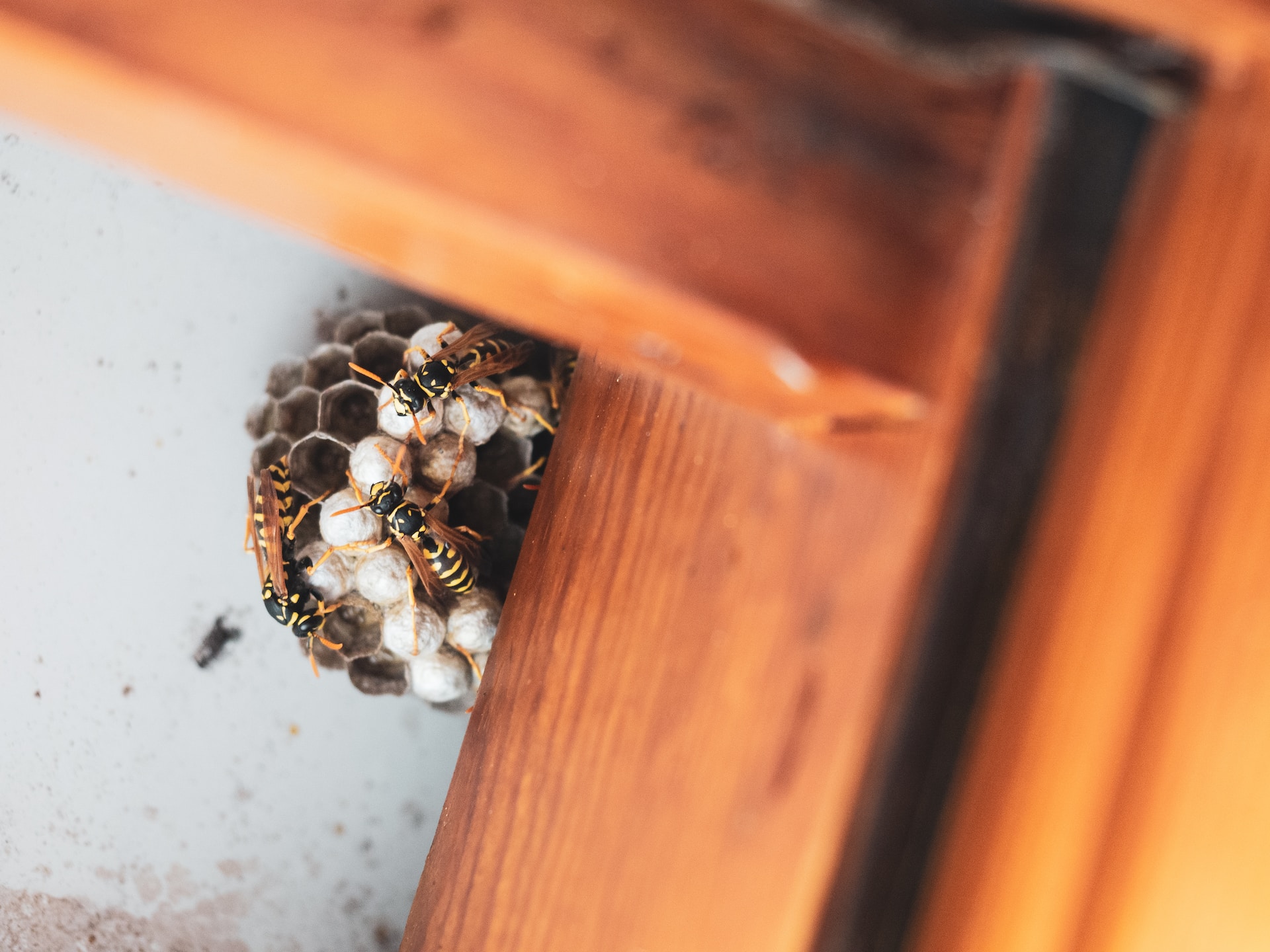In Italy the insect species that may pose a potential danger to human health and, due to climate change, the population of mosquitoes and ticks in our area is growing. This was stated by the Italian Society of Environmental Medicine (Sima) which disseminates this practical guide to defend yourself from bites and stings and help citizens to intervene correctly in the event of contact.
“Globalized trade represents the main vehicle of transport of viruses, bacteria, insects and animals, which travel together with people and things from one part of the world to another – explains the president of Sima, Alessandro Miani – Also in Italy we are witnessing the diffusion of new species of insects such as hymenoptera, Asian bugs, African grasshoppers, Japanese beetles, introduced on our territory thanks to the new frontiers of trade. At the same time, climate change, characterized by a rise in temperatures associated with a different distribution of rainfall, facilitates the proliferation of insects and animals in our area”.
Summer, mosquitoes, ticks and wasps: health risks and prevention
With the arrival of summer, and to help citizens protect themselves from bites and stings, intervening correctly in the event of contact with insects, the Italian Society of Environmental Medicine has created a useful guide.
TICKS
Their habitat is represented by places rich in grassy and shrubby vegetationwhere the climate is cool and humid. The carbon dioxide emitted by the human body attracts these parasites which can attach themselves to our skin to suck blood. Ticks can be vectors of diseases transmissible to humans such as Lyme borreliosis, ehrlichiosis, rickettsiae buttonous fevers, tularemia, Q fever, babesiosis, viral encephalitis and even Crimean-Congo haemorrhagic fever.
HOW TO DEFEND YOURSELF: wear light-colored clothes that make it easier to identify ticks, cover arms and legs, avoid rubbing the grass along the edge of the paths, do not enter areas where the grass is tall. Use tick products on pets.
WHAT TO DO IN THE EVENT OF A PUNCTURE: never use alcohol, petrol, acetone, trichlorethylene, ammonia, oil or grease, or hot objects. The tick must be gently removed with tweezers, taking great care not to crush the body of the tick, to avoid regurgitation which would increase the possibility of transmitting pathogens. After removal, disinfect the area, avoiding touching the tick with bare hands. If symptoms of illness appear (fever, headache, weakness, joint pain), contact your doctor immediately.
READ ALSO: How to remove a tick from the skin
TIGER MOSQUITO
In our country there are about 60 species of mosquitoes, compared to the more than 3000 present all over the world. Among these the most formidable is the tiger mosquito, which proliferates in places where there are collections of water (buckets, watering cans, saucers, drains, manhole covers, etc.). Among the diseases transmitted to humans by these mosquitoes, there are some very serious ones, such as dengue virus (DENV), chikungunya (CHIKV) and yellow fever (YFV).
HOW TO DEFEND YOURSELF: eliminate their habitat, avoiding the accumulation of water in saucers, watering cans, bins, etc.; watering gardens and plants directly with pumps; treat the external parts of the houses where the water collects every 7-10 days with specific products for domestic use; use tiger mosquito repellents based on active ingredients including deet and icaridin. In closed places, use electric vaporizers against mosquitoes, keeping the rooms well ventilated.
WHAT TO DO IN THE EVENT OF A PUNCTURE: do not scratch, in order to avoid expanding the sting present around the bite injected by the mosquito; use specific products that relieve itching, easily available on the market; place an ice cube on the sting. In case of particularly important swelling, consult your pharmacist or doctor.
READ ALSO: Why Mosquitoes Bite Some People (And Others Don’t)
BEES, WASPS AND HORNETS
The stings of bees, wasps and hornets cause, in most cases, a local reaction due to the poison injected by the hymenoptera, with a skin manifestation of a few centimeters in diameter, pain, redness and swelling. The most aggressive are wasps, whose natural habitat is represented by trees, roof spaces, piles of wood, stagnant water, bushes, waste collectors. About 10% of people stung by these insects have major reactions such as generalized urticaria, nausea, vomiting, dyspnoea and difficulty breathing, drop in blood pressure. In some cases a real anaphylactic shock can occur with a serious drop in blood pressure which can even lead to death.
HOW TO DEFEND YOURSELF: install mosquito nets on doors and windows; ensure correct waste and food management; avoid the uncontrolled abandonment of organic substances (in particular sugars, meats, and other protein substances) which are highly attractive to bees, wasps and hornets; keep calm and never try to drive them away with sudden hand gestures, which can induce the insect to sting.
WHAT TO DO IN THE EVENT OF A PUNCTURE: in the event of a bee sting it is necessary to remove the sting immediately, using tweezers; for all stings, apply ice to reduce the inflammation produced by the venom; do not scratch to avoid introducing bacteria that can cause an infection; if the reaction is extensive, immediately use a cortisone and an antihistamine. If the reaction is severe, call the emergency room immediately.
READ ALSO: How can you die from the sting of bees and wasps
Photo by Ante Hamersmit / Wolfgang Hasselmann / Erik Karits / James Wainscoat
Advertising
